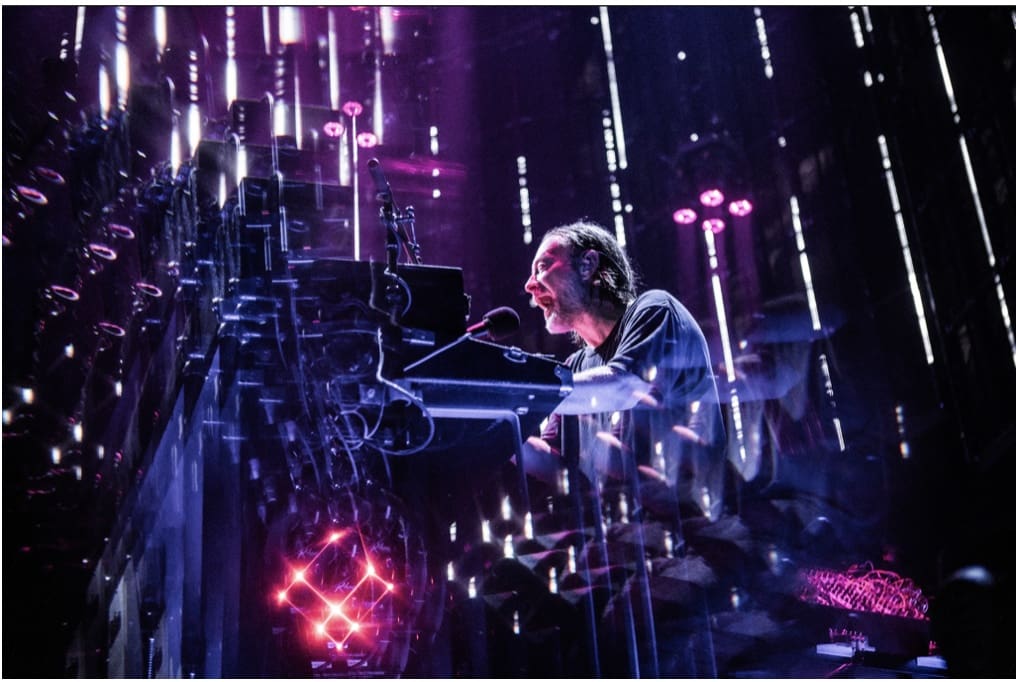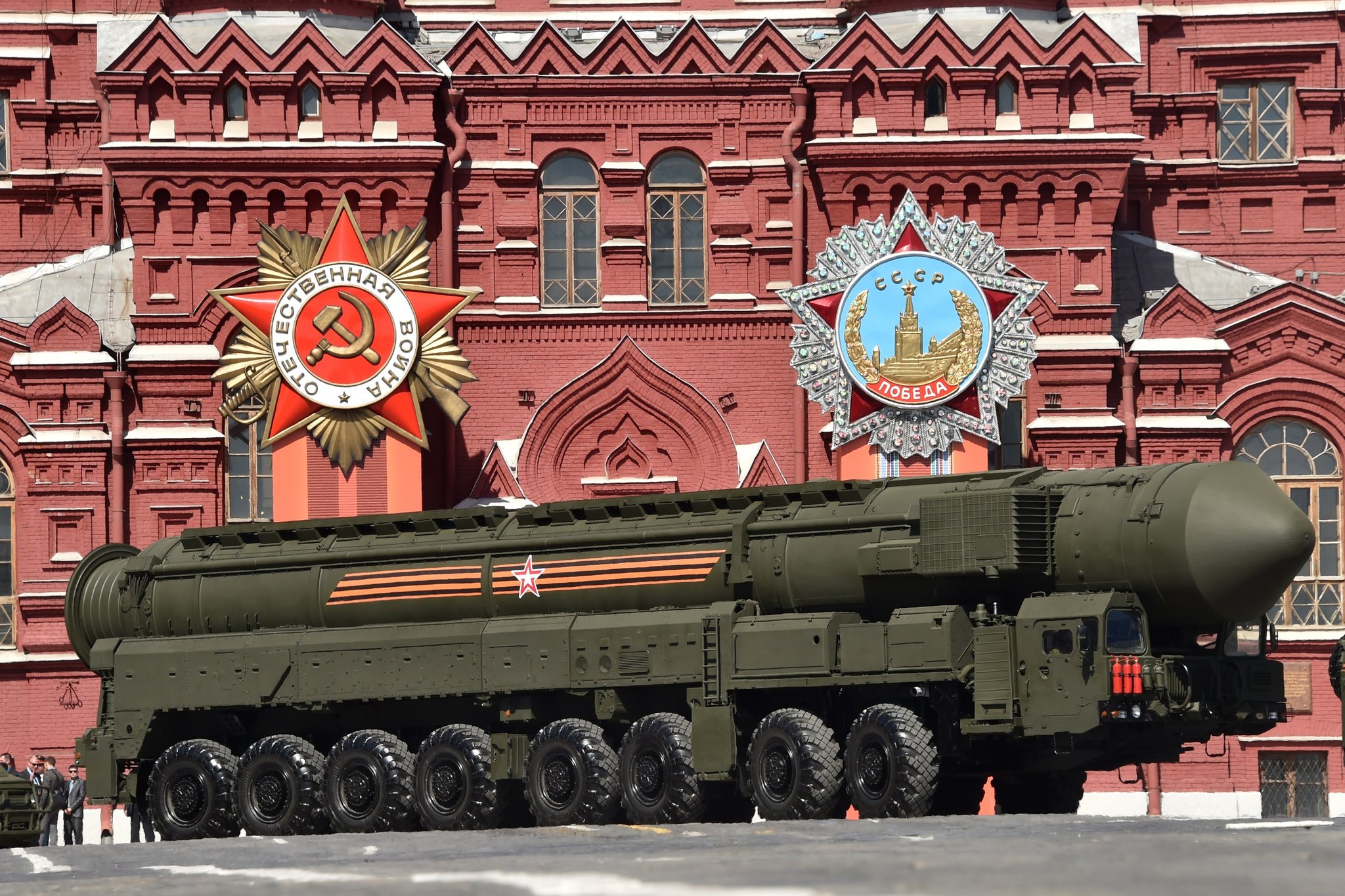Google’s Play Store rival gets a lab demon: a 2-billion-fps “camera” shows light in motion

What the device actually does
A research team has demonstrated an experimental imaging system that can record at two billion frames per second—fast enough to visualize a laser beam traveling through its field of view. The setup, shown in a lab video, captures the beam’s propagation as a smooth wavefront rather than a single streak. The system isn’t a consumer product; it’s a specialized rig combining high-speed sensors and pulsed illumination, with software reconstruction to assemble the ultra-fast sequence. The experiment adds to a string of “light-in-flight” imaging demos that expand measurement limits and could help study ultrafast physics, chip manufacturing processes, and biomedical dynamics.
Why it matters now
Beyond the wow factor, ultra-high-frame-rate imaging can drive advances in semiconductor inspection, laser materials processing, and fiber-optic network diagnostics—areas under pressure as AI data centers scale and precision optics enter consumer devices. While smartphone cameras chase computational tricks, lab systems continue to set physics benchmarks later translated into industrial tools. Expect incremental progress: stability, noise, sensor sensitivity, and cost remain hurdles before any broader commercialization. For developers and engineers, the video is a timely reminder that optics and silicon co-design—not just GPU horsepower—still set the ceiling for next-gen imaging.






















